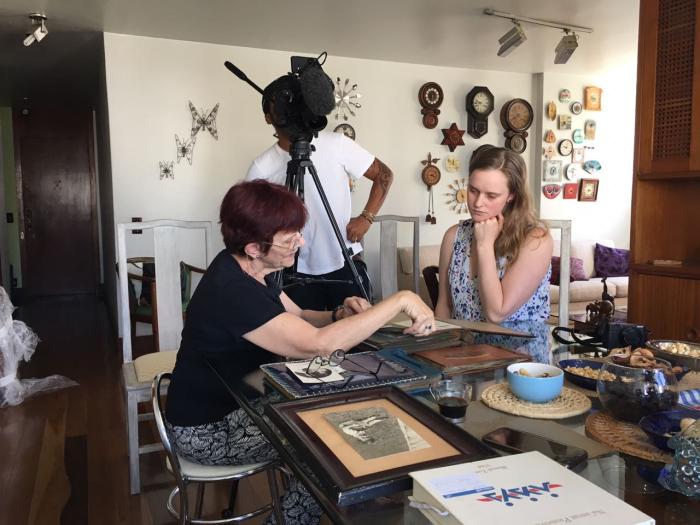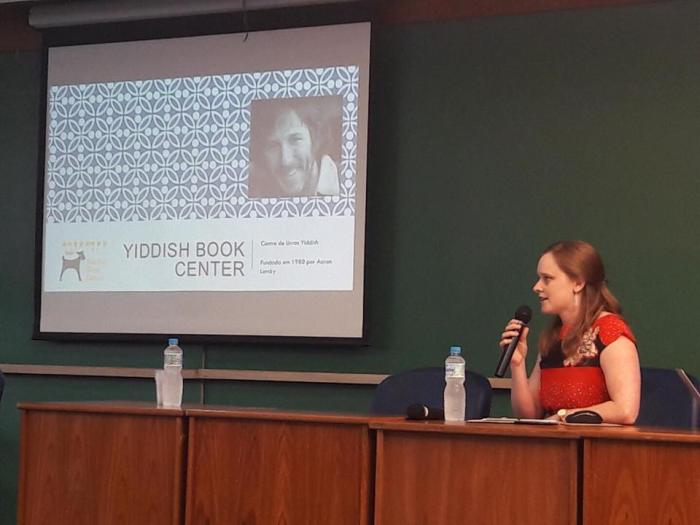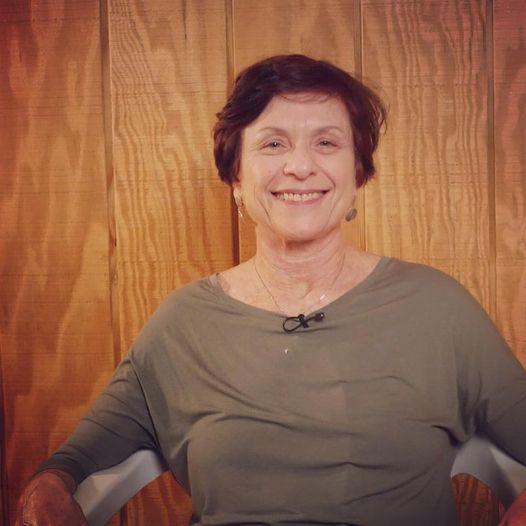Jewish Neighborhoods: Rio de Janeiro
Throughout 2023, the Yiddish Book Center’s Wexler Oral History Project has been taking a tour of “Yiddish Around the World”—the theme of this year’s Decade of Discovery and of the Center’s new core exhibition, Yiddish: A Global Culture, opening on October 15. This month we’re traveling virtually to Rio de Janeiro, the second largest Jewish community in Brazil.
Brazil boasts the first recorded Jewish community in the Americas, formed in the country’s northeast by Portuguese Jews from Holland during the Dutch occupation of 1630–54. After Portugal took over the region and imposed their Inquisition laws, Dutch Jews fled and went on to form communities in Curaçao, Surinam, and New York. By the time of Brazil’s independence in 1822, Jewish immigrants from northern Morocco and Alsace-Lorraine had established a Jewish community in Rio de Janeiro, which was then the capital and an important port city of the new republic.
The first Yiddish-speaking Jews likely arrived during the waves of immigration that started around the turn of the twentieth century and peaked during the interwar period. Between 1926 and 1942 more than 50,000 Jews entered the country. With this influx of Eastern European Jewish immigrants, Yiddish culture blossomed in Rio. Yiddish newspapers like Yidishe presse began to appear, and Yiddish reading groups, a dram-krayz (amateur theater group), and various political and mutual aid organizations were established in the early twentieth century.
The Estado Novo dictatorial period from 1937 to 1945 saw the forced closure of the Yiddish press and Jewish organizations, but a more democratic constitution in 1945 reestablished the stability of Jewish life. The return of democracy led to a revitalization of Brazilian Jewish cultural life, spurring the creation of Yiddish newspapers, Jewish schools (some of which taught Yiddish), and political organizations representing Zionists, communists, and Bundists. Many of these institutions exist to this day.
The past decade has seen a revival of Yiddish educational and artistic efforts in the city, especially from the Viver com Yiddish/Lebn far yidish (Live with Yiddish) programs and Yiddish courses. Many of these efforts have been spearheaded by childhood education specialist Sonia Kramer of Pontific Catholic University of Rio De Janeiro and colleagues, with whom we partnered to record oral histories in 2018.
Explore highlights from our Wexler Oral History Project collection for firsthand accounts of the Jewish community in Rio de Janeiro:
“A Flourishing Jewish Life”
Writer Zevi Ghivelder gives a brief history of Jewish settlement in Brazil, starting with the Dutch colonial period. He then describes the development of Jewish life in Rio de Janeiro in the first half of the twentieth century.
School Was Our Home
Siblings Israel Tabak and Lea Tabak Goldenstein look back on their parents’ early years developing the Sholem Aleichem school in Rio. At first the young couple literally lived in one of the classrooms with their young daughter, Lea.
Klientelshiks and Klapers in the Garment Business
Michel Pszczol recounts his parents’ arrival in Rio as Jewish immigrants from Europe and their work in the 1950s garment business. He explains how his mother began as a klaper (door knocker)—also known by the unique Brazilian Yiddish word klientelshik—selling goods door to door to save enough capital to open a storefront.
Yiddish Speakers Unite
Yiddish teacher Sarah Morelenbaum describes the Yiddish culture she grew up with, including her parents’ participation in a Yiddish reading group and the Associação Feminina Israelita Brasileira Vita Kempner (Vita Kempner Jewish Feminist Association of Brazil), which sent care packages to Jewish orphans in Europe.
A Leftist Milieu
Civil engineer Henrique Rzezinki, who grew up in a Bundist household, explains the Jewish history of leftist politics in Rio de Janiero.
Camp Kinderland in Brazil
Henrique Morelenbaum, z”l (1931–2022), a renowned choral conductor, explains how he became musical director at Colonia (Camp) Kinderland in Brazil and then wrote its anthem.
Cover image is of the Escola Scholem Aleichem (Sholem Aleichem School)’s kindergarten class with teacher Ida Shpringer in Rio de Janeiro, Brazil, around 1940. Courtesy of Léa Tabak-Goldenstein.



